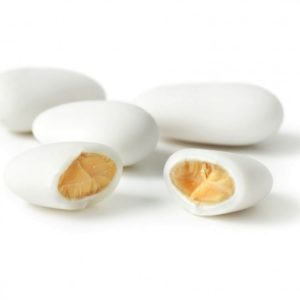Acacia Gum Application
Antioxidant activity
Cellular polymers including lipids, carbohydrates, proteins, and nucleic acids are damaged by oxidants which leads to the disruption of cellular homeostasis and the generation of more reactive molecular O2, which in turn leads to further oxidative damage. An important factor in the development of cellular destruction caused by hyperglycemia is the function disorder of major antioxidative enzymes. Extensive research has been done on the relevance of oxidative stress and how it relates to the pathophysiology of diabetes mellitus and its consequences. According to numerous findings, the formation of chronic diabetic lesion on numerous tissues, including as arteries, the retina, the kidneys, and neurological illnesses, may be triggered by the generation of reactive oxygen species in diabetes. Acacia gum contains a variety of antioxidant chemicals such as phenolic compound which can scavenge highly reactive free radicals or it can increase the production of antioxidant biomolecules. Acacia gum includes a variety of amino acid residues, including histidine, tyrosine, and lysine which are frequently regarded as antioxidative biomolecules. This might be the mechanism of action by which acacia gum increases the antioxidant capacity.






















